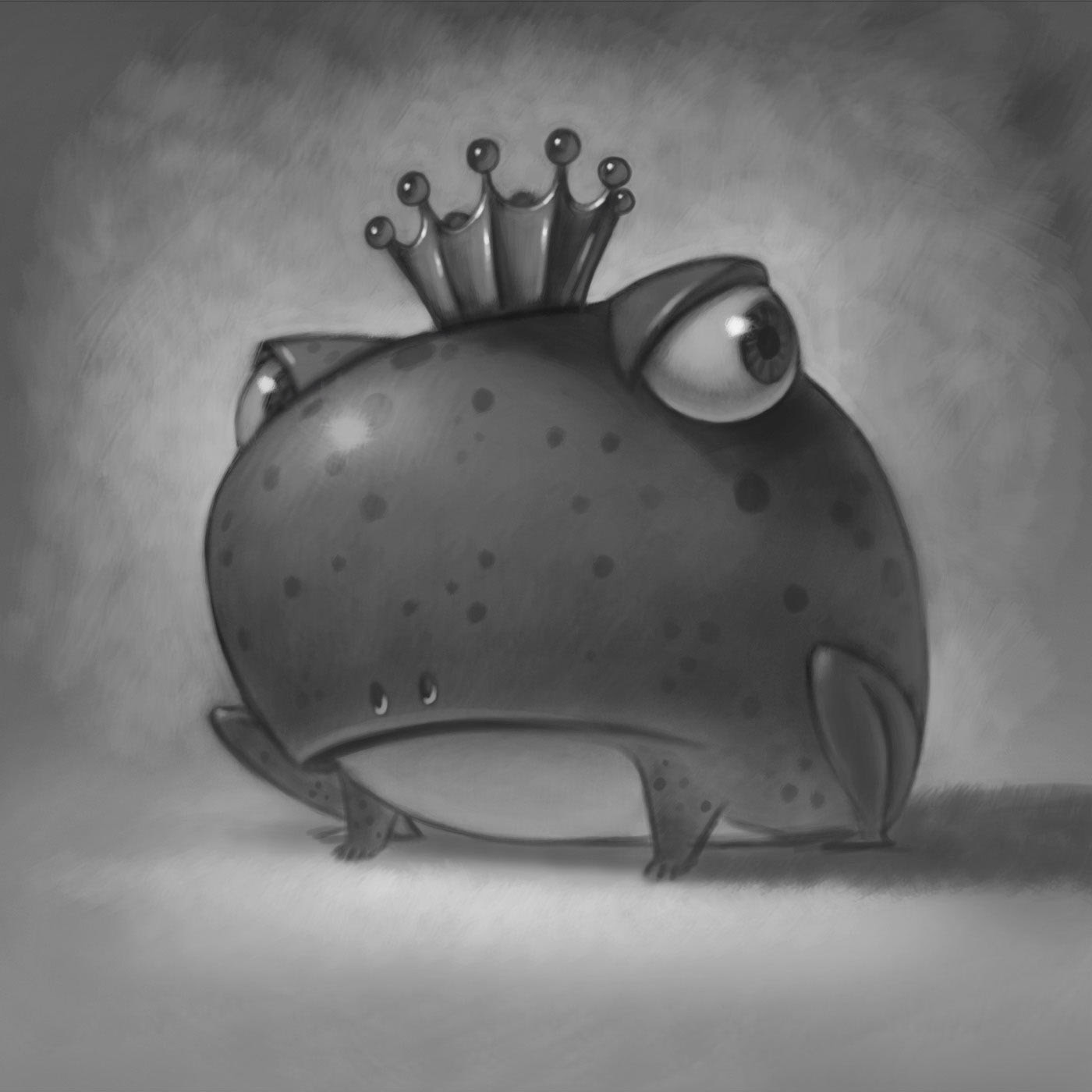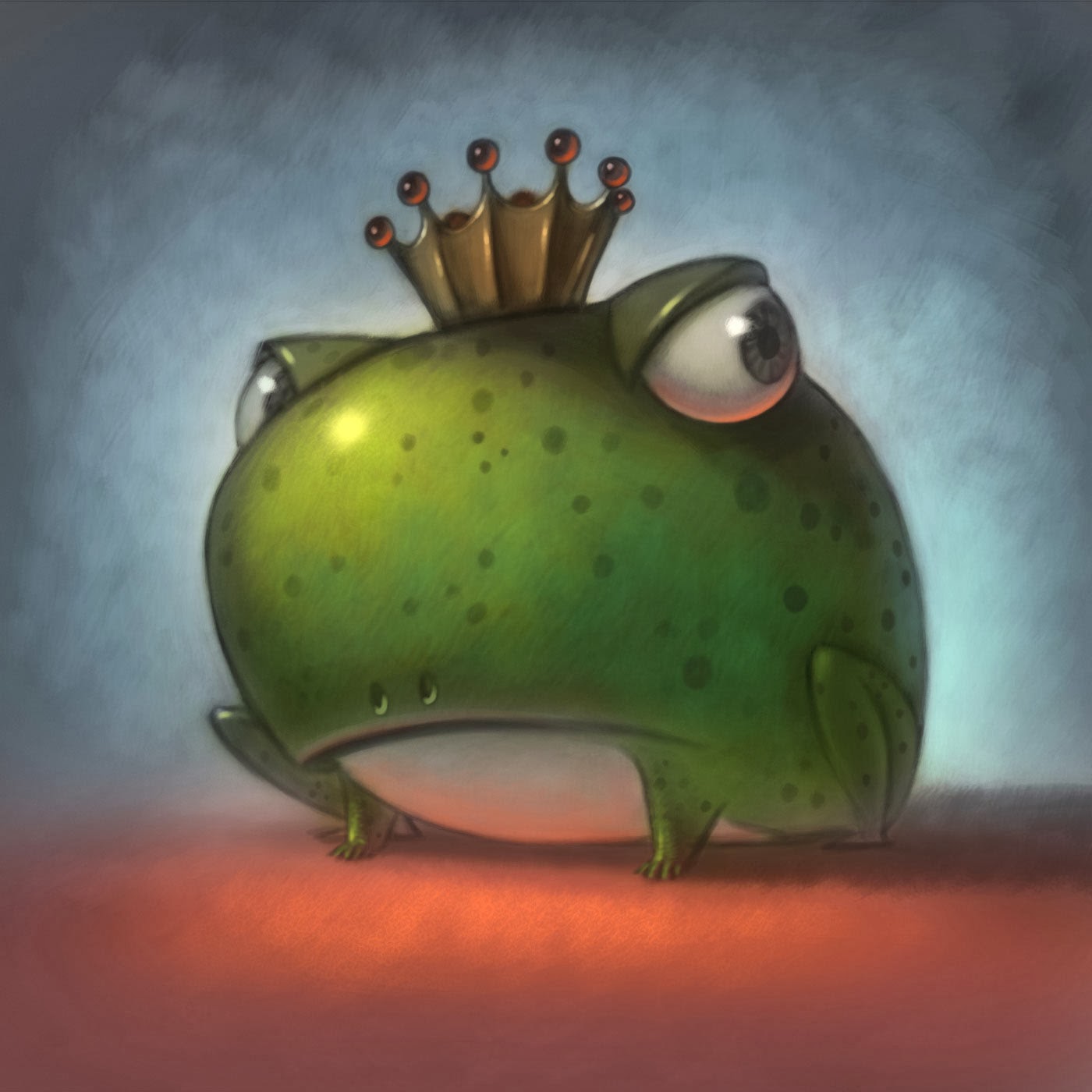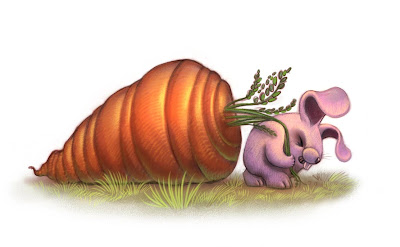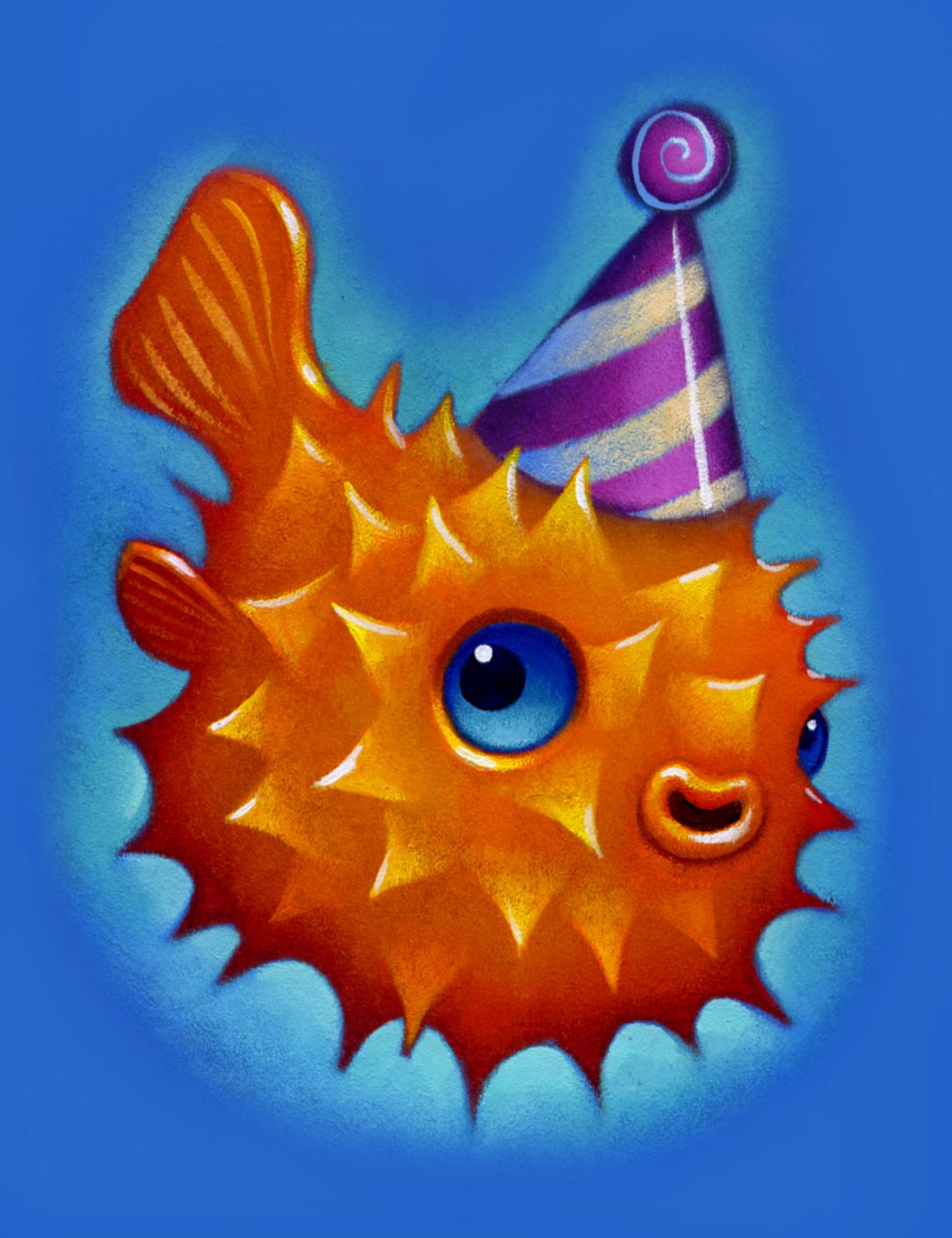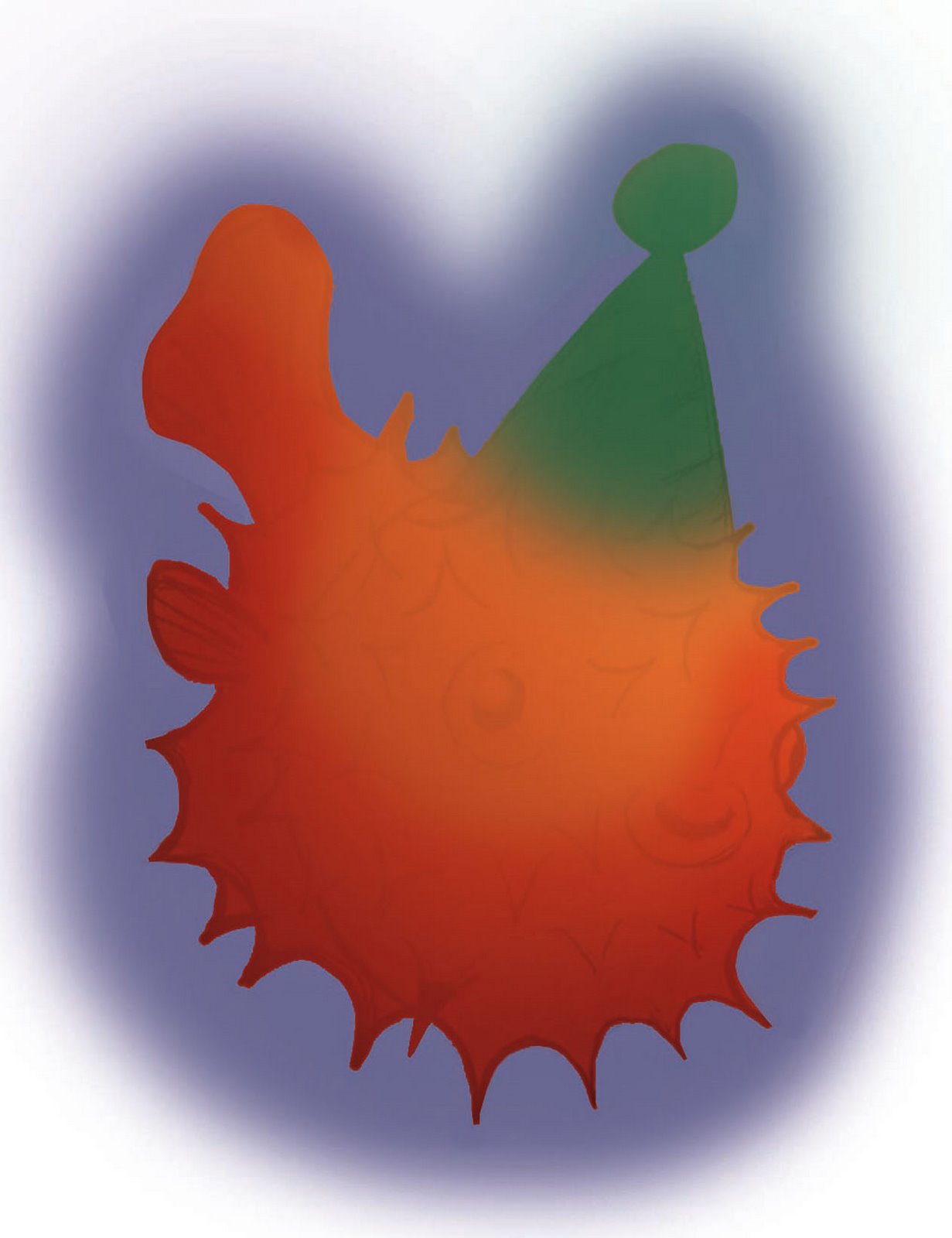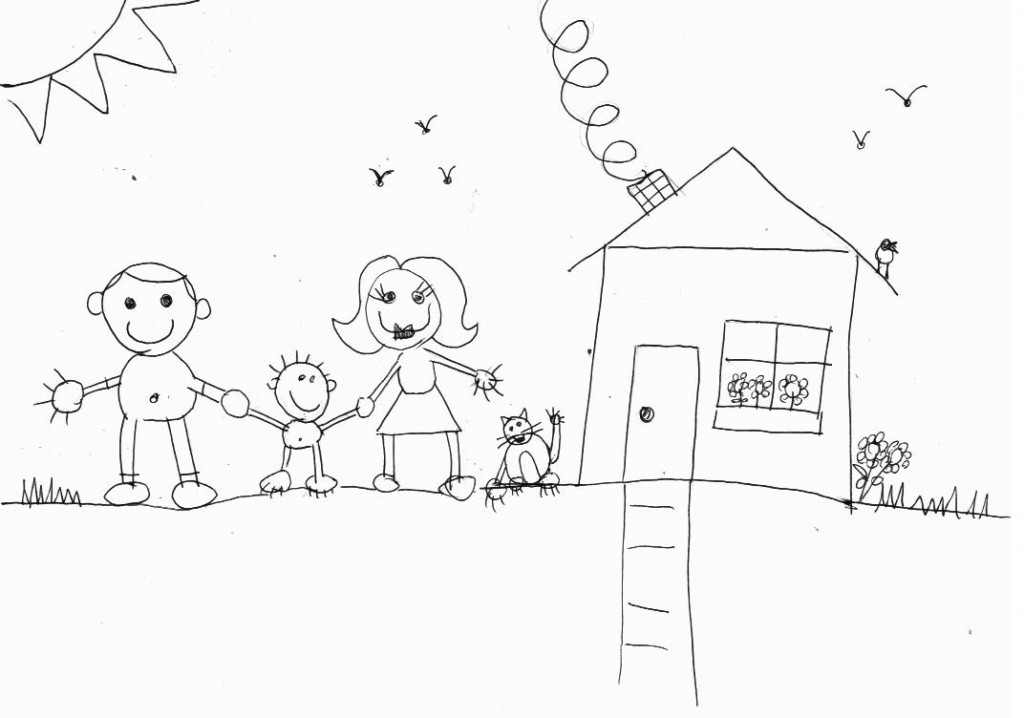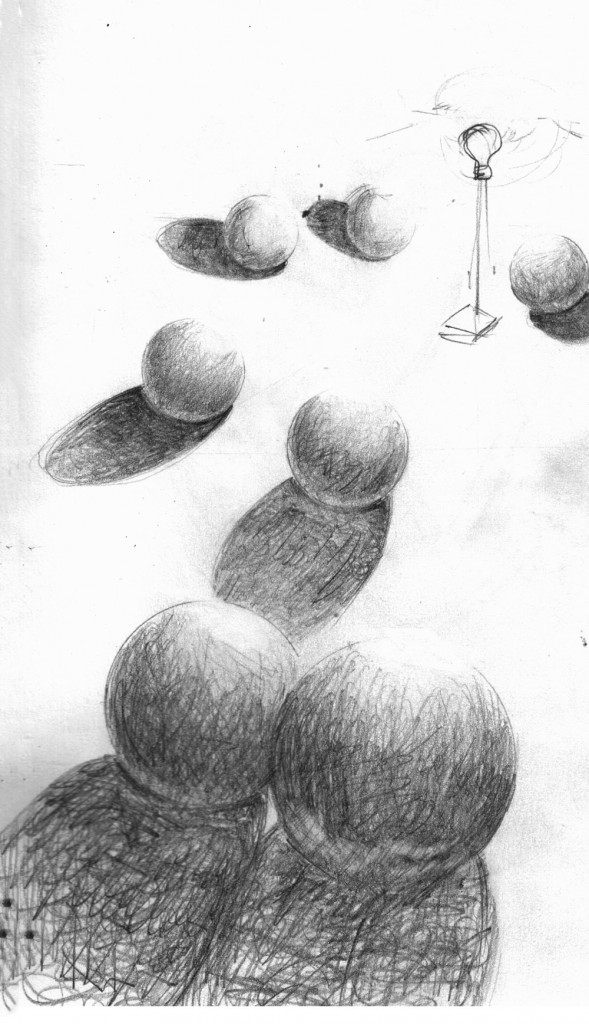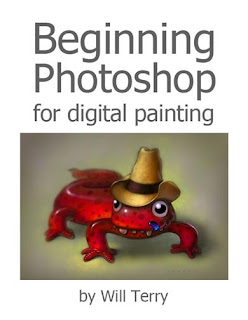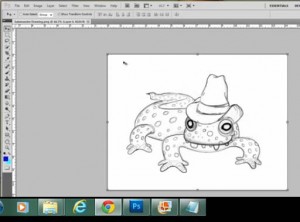All Artists Should be Working on Their Own Personal ART Projects
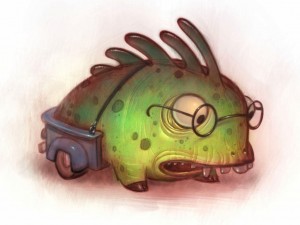
You’ve got to be working on personal projects.
By this I mean, something that you want to do for you, a non commissioned piece. You don’t have to have someone tell you what to do in order to create a nice piece for your portfolio.
When I was in School I would do some things just for me, or for fun or just for my portfolio. Other students would often ask me what assignment “that was for” and I would tell them that it wasn’t for an assignment. They couldn’t believe I would work if I didn’t have to. But I was working for me.
Some of my best pieces, were little things that I did as personal projects. These personal art pieces were also a big help in me finding me, or finding my style, or niche.
Keep it Simple, Stupid
By this I mean no disrespect, I am going with the KISS ACRONYM.
The most important thing about these personal pieces, I would say is to make them small, and therefor doable. That is to say, FINISH them. If you think you are going to create this gigantic masterpiece for you portfolio, you might be right, but more often than not, you are less likely to finish a BIG MASTERPIECE than a sweet little doable personal art project, especially at first. So remember KISS, not the rock band, the acronym. Keep It Simple, Stupid.
Start with Small Art Projects
I suggest you start with something small. Make one finished piece that will go into you portfolio, or not if it doesn’t turn out. Maybe your goal could be, not to stop until you get that little thing finished. Here comes another sports analogy. If you were going to run a marathon you wouldn’t just start a marathon. You need to work up to it.
One of the dangers is to want to bite off more than you will chew. Notice I didn’t say more that you can chew, but more than you will chew. I know that you can do what ever you put your mind to, so I’m saying, that you are more likely to put your mind to something that is simple, and therefor finish it, especially at first.
Tell that Negative voice to shut up!
The danger of choosing a personal art piece that is too grandiose is that you are less likely to finish it, and if you fail to actually do it, you are training yourself that A, YOU don’t always finish what you start, and B, it is OK to fail. Like if you decide to do a complete comic book or picture book and put it out there on Kickstarter, you may fail or run out of time or just get sick of it. Then you have that stupid little voice in your head that is there for all of us, you know, that voice that says “you won’t finish this” then if you DON’T finish, it will say, “see? I told you soo”. So beet the negative little voice, choose small, doable, personal little projects, and complete them. Tell that little voice to SHUT UP!
Graduate to bigger projects, if you want.
I am finally getting to the point where I am finishing a story app. It is a big endeavor, but I have done dozens of smaller personal projects in the past and several big projects too. Even though I have done a lot before, this one is still a little tough, I gotta be honest. I still have that negative voice, and I have to keep telling myself that It will get done. I have to remember to enjoy the journey and the process along the way.
Choose something the YOU want to do.
Choose a personal piece that you want to do. If you are creating something that you want to do, it will be more fun and more likely to turn out. I have a friend who loves animals, so she paints animals. If you have a hard time with people, stay away from people or work on parts that you can conquer, like a back or torso, then build up to the harder stuff, work on something that you can do. Cats maybe, or a plate with fish on it. Who knows what you will like. Take something boring and make it exciting. They don’t all have to be gems.
Take Some Risk
I’m not saying to invest a lot of money here, But I do want you do invest a little time and energy, and challenge yourself. Not too much at first, we need to have some successes to build confidence and self esteem.
Remember in an earlier blog I mentioned that a child likes to draw and paint and create artwork because it is fun and fulfilling. Not because she thinks it will make her a lot of money. Don’t kid yourself that you are going to sell all of your personal pieces and make bank. That isn’t the motivation here. Ironically, that is the work that will get you closer to making money as an artist, Or making more money as an artist. And who knows, you may monetize your personal pieces. The more you have, the more likely you will be to sell a few. Who knows. Some artists create a little personal piece of artwork every day and then sell them on their website. And that’s all they do. Win Win Win. Artist improves and hones his skill, artist makes money and end buyer gets a valuable piece of artwork.
Most of the projects I have done, I would say, well that negative little voice in my head that just won’t mind his own business and shut his big yap, would say, they mostly all failed. But did they? Well I didn’t capitalize on all of them, but they all helped me develop my style, my portfolio, my talent and my art stamina. So NO, they did not fail. They all succeeded in one way or another, even if just to keep me in the zone and to help hone my skill.
Just Do It!
Get on it and do a personal piece and then do another. To steel a quote from NIKE, “Just Do It” and before that, Spencer W. Kimball, who used to say “Do it!” You just gotta do it.
My seventh grade, wood shop teacher, Mr. Swayze would always say, “Git-R-Done!”
“Git-R-Started might have been a better tag line because that seems to be the hard part every day when you looking at that blank canvas or work in progress. So Git-R-Started and Git-R-Done!”
Don’t Worry About Perfection
It’s a personal project so you don’t have to worry if it isn’t perfect or if doesn’t turn out. Everyone has at least 1000 bad paintings in them so feel free to get a few of them out of your system. You don’t have to hand it in to an art director, so you need not stress. Learn from it, try new things, this is where you can totally be you. If it sucks, don’t show it to anyone. Don’t throw it away either, at least not yet. You may want to use it as an example someday when you are teaching.

